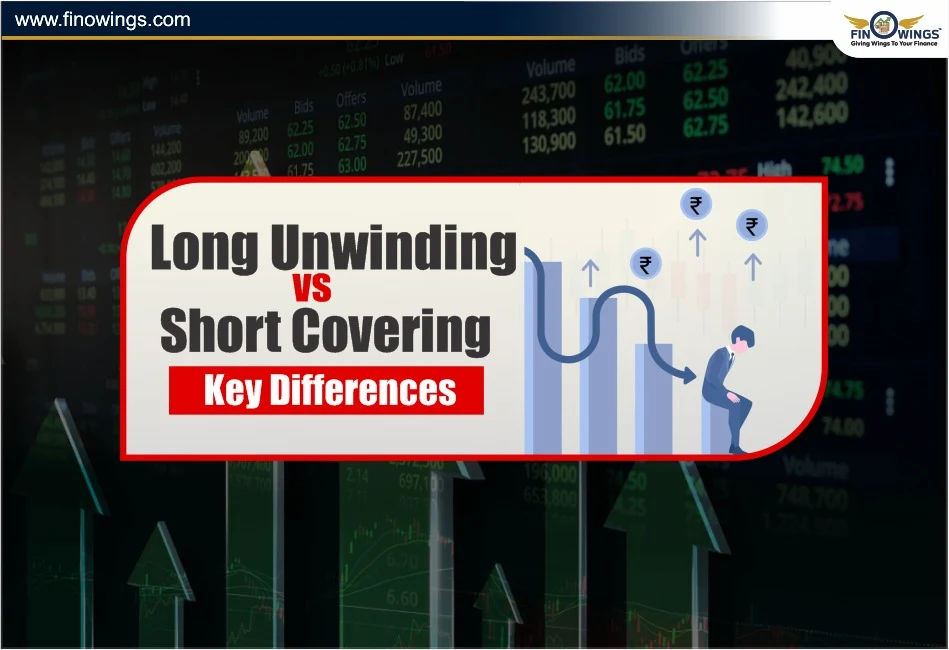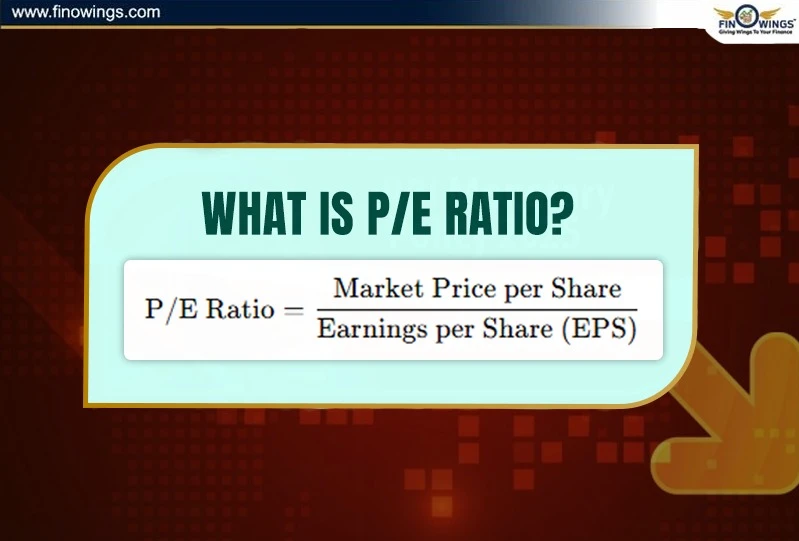Home >> Blog >> What Is Swing Trading? Meaning, Basics & How It Works
What Is Swing Trading? Meaning, Basics & How It Works

Table of Contents
When it comes to stock market trading, traders employ many styles and time frames such as – intraday, positional, scalping and long-term investing. Thus, swing trading, as the nomenclature suggests, swings, and this kind of trading style is a great middle ground for traders who want quick profits and manageable risks.
In this article titled, What is swing trading, the swing trading basics, key swing strategies and how traders use this approach to capture short to medium-term price movements; here is everything you need to understand:
What is Swing Trading?
Swing trading as a name suggests is the style of trading in which traders hope to capture price movements or ‘swings” in the market, a stock or a commodity within a few days or a few weeks. Swing traders, unlike intraday traders who close their positions at the end of each market day, keep their positions in a trade overnight as the case may be - sometimes for a long time - awaiting the following swing, which is a break through technically speaking.
On the whole, swing trading focuses on buying low and selling in a short time.
If, for instance, a stock has forayed beyond a consolidation zone that was situated at Rs. 200 and has an expected value of Rs. 220, a swing trader might want to purchase it for about Rs. 200 then sell it at Rs. 218 to Rs. 220, hence, the operation is expected to yield profits within a span of 3 to 10 days. Yes, the swings craze slithers between the very short pattern of day trading, and the long term-oriented position trading.
Swing Trading Basics
Before we share advanced GANN swing strategy PDF files, learn these swing trading basics below:-
1. Time frame of operation
The frames in a swing trade last for as little as 2 days to 3 weeks. Instead of targeting the lowest or bottom point, we suggest that you trade in the middle to make maximum profits out of the directional moves.
2. Market Conditions
The swing trader usually stays steadfast in the markets that are trending either up (bullish) or down (bearish). The trader should, however, take caution of false signals in trade that are quite rampant in sideways or very volatile market movements.
3. Tools & Indicators
Swing traders use a combination of technical analysis and chart patterns to identify possible exit and entry points. Some of the common ones include:-
3. (a) Moving Averages (MA)
3. (b) Relative Strength Index (RSI)
3. (c) Fibonacci retracement levels
3. (d) Moving Average Convergence Divergence (MACD)
3. (e) Volume Analysis.
4. Analysis of risk
A risk/reward ratio is always found in every successful swing strategy. As trades are taken overnight, the risk of a gap up or a gap down is present.
How Swing Trading Works
The swing trading process is made up of steps that are easy to implement in daily activity.
Step 1: Understand the Trend
Look at simple average lines or a line of averages to detect whether the market is in an uptrend, a downtrend or a sideways market. Swing trading works best in a market that has momentum.
Step 2: Determine the possible entry levels.
Swing traders are on the lookout for opportunities near breakout or support levels. Taking an example of;
-
Buying at the breakout of the support when the market is in a trend.
-
Selling occurs when a retracement at the resistance occurs in a downtrend.
Step 3: Place stop loss and targets
In this case, the risk/reward ratio of 1:2 or more should be decided before entry. As an example, you risk Rs. 5 in the hope of Rs. 10. Below are some generic swing trading strategies and chart monitoring tips for swing trading.
1. Breakout Trading Strategy
In technical analysis, a price doesn’t break through a key resistance level. This is confirmed by heavy volume, hence confirmation of the break.
E.g a stock trading between Rs. 100, Rs. 150, Rs. 160 may breach above Rs. 160, with high volume. This is a classical momentum setting and swing; fish for Rs. 175, Rs. 180.
When that happens, the short-term average crosses the long-term average, it is a bullish sign.
A bearish set-up is depicted by the annual crossing.
2. The Pullback Trading Strategy
Prices never rise straight during an uptrend; instead, they retrace slightly before rising further. These brief pullbacks are used as purchasing opportunities by swing traders.
For instance, a stock may be in a buy zone if it climbs from ₹100 to ₹120 and then declines to ₹112 (close to its 20-day moving average).
3. Crossover Strategy using Moving Averages
This swing technique is straightforward but efficient. Crossover points between short-term and long-term moving averages are what traders search for.
A bullish signal is produced when the short-term average (such as the 10-day MA) passes above the long-term average (such as the 50-day MA). A bearish setup is indicated by the reverse crossover.
4. RSI Divergence Strategy
Even though it is a scaled index, the Relative Strength Index (RSI) or indicator is the best. Once the index passes 70, it represents the constituents of the bottom and top. For example, if the index crosses 70, it indicates that it is overbought and in Geneva, and there is a possibility of a reversal downwards.
For instance, an RSI of 30 or lower infers that it is oversold, which is a precondition for a possible upward reversal.
With a strong uptrend, a new high is set while RSI does not make it, creating a divergence in the indicator. This bearish smoke may be a call for short traders.
5. Support & Resistance Strategy
Support and resistance levels are adored by swing traders. When resistance is breached and a long position is indicated, a short set-up is also indicated by a breakdown of the medium of rally times.
Pros & Cons of Swing Trading
|
Advantages |
Disadvantages |
|
Requires less time than day trading. |
Overnight risk due to global or news events. |
|
Profits can be higher than intraday due to bigger swings. |
Can lead to false breakouts in volatile markets. |
|
Suits working professionals - no need to watch every tick. |
Needs strong technical analysis skills and discipline. |
|
Leverages both up and down market trends. |
Brokerage & taxes can eat into short-term profits. |
Swing Trading vs. Day Trading
|
Aspect |
Swing Trading |
Day Trading |
|
Holding Period |
Few days to weeks |
Same day only |
|
Time Required |
Moderate |
Full-time |
|
Risk |
Moderate |
High |
|
Profit per Trade |
Larger |
Smaller |
|
Tools Used |
Charts, indicators, fundamentals |
Fast execution tools, charts |
|
Ideal For |
Part-time traders & professionals |
Full-time traders |
Tips for Beginners
-
Stop-loss orders are a great tool for controlling risk.
-
Don’t make too many trades; focus on high-quality trades.
-
Keep it small. Begin with a small account and build up as you find your swing trading feet.
-
Here’s a great tip I learned from my mentor: stop chasing trades. Keep your emotions in check.
Conclusion
In conclusion, the concept of swing trading is a tactical compromise between day trading and long-term investments. It enables traders to take advantage of temporary price fluctuations that are easy to deal with and have no time commitment. When you learn the fundamentals of swing trading and create proven swing trading strategies, you can detect the opportunities that are in line with the market trends and make rational choices without being influenced by emotions.
It is a practical and data-driven method of gradual growth and stable gains whether you are trading stocks, indices, or commodities, swing trading is a beneficial strategy in terms of both.
DISCLAIMER: This blog is NOT any buy or sell recommendation. No investment or trading advice is given. The content is purely for educational and information purposes only. Always consult your eligible financial advisor for investment-related decisions.















.webp)

